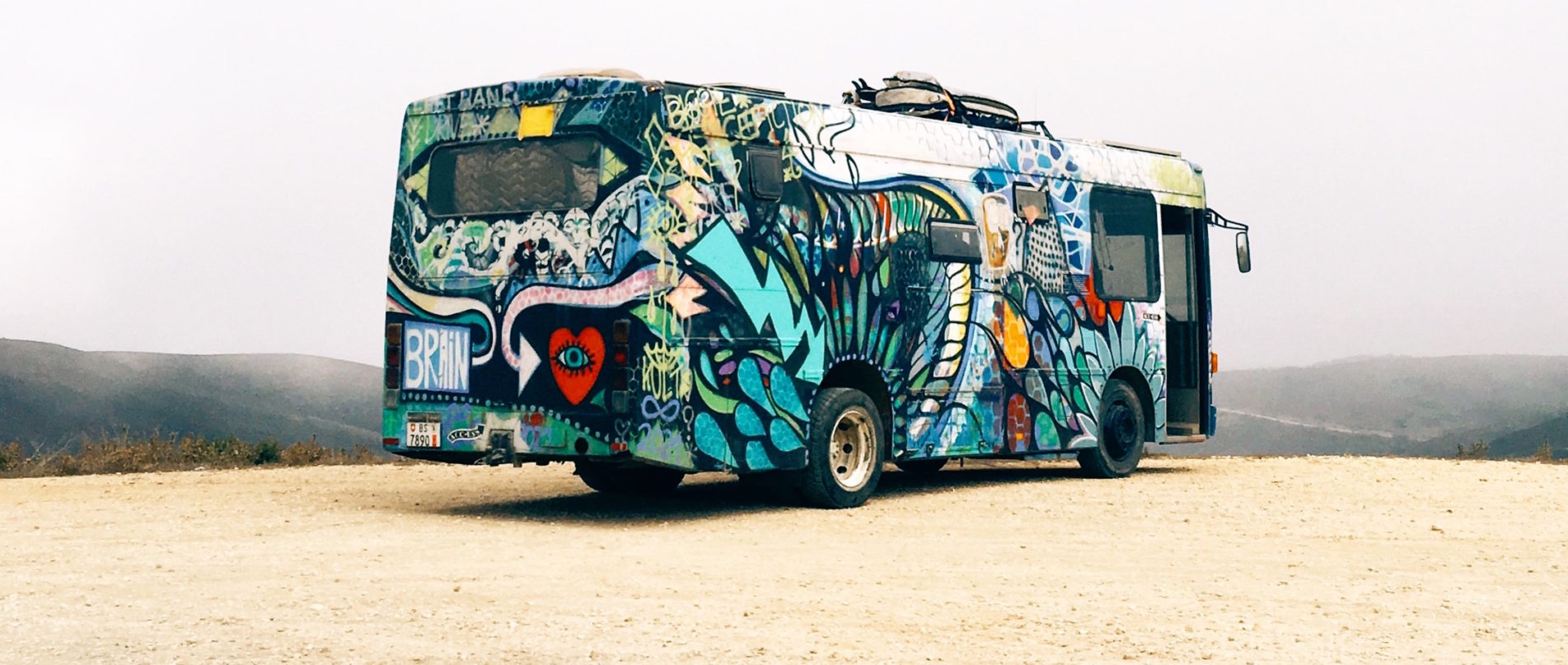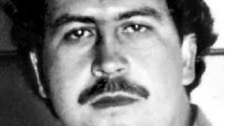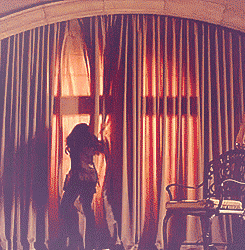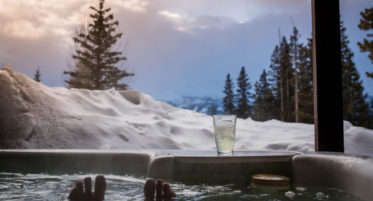
Prompt Images
It’s one of those things you can’t believe unless you see it on a map. Even though Miami is on America’s East Coast and Quito is on Ecuador’s West Coast, they share almost identical longitude. So, after just a four-hour flight south, we landed in Quito with no jet lag, no problem.
And while you might suspect that traveling 1,500 miles south of Miami to a country literally named after the Equator would put you smack dab in the middle of some Saharan-like swelter, Quito is actually quite temperate since it sits at almost 2 miles above sea level. Seriously, it’s like someone picked up San Diego and dropped it in the Andes. Well, an alternate version of San Diego where you can find Guinea Pig (cuy) on the menu of your favorite sandwich place.

Getting to Quito turned out to be the easy part. Trying to stay there was the problem.
After my best friend and I landed at the airport at 11 P.M., our hosts (his extended family) picked us up. But instead of driving us to their home in the suburbs of Quito, they brought us to the nearest bus station. It turned out, unbeknownst to us, our hosts had planned a surprise for us. A sort of trip-within-the-trip, straight out of a Christopher Nolan movie.
Our new destination was the southern town of Cuenca, which was a mere 11-hour bus ride away.
Traveling to Ecuador had already seemed off the beaten path. And here I was, less than an hour after arriving, boarding a bus to a town I’d never heard of before that night. Though perhaps this was fitting, given how much trouble I’d gone through just to get to Ecuador in the first place.
Technically, this was not my first international excursion. That honor goes to Canada. But can we all just agree that traveling to Canada doesn’t really count as “traveling abroad” for Americans? Canadians (mostly) speak the same language. They host several pro sports teams that play in American leagues. Their quarters look uncomfortably similar to ours. It’s the only other country in the world where you can say “soccer” and not be made to feel like an asshole. In the context of international adventure, Canada is just a less populated suburb of America. And, in any case, you didn’t need a passport to travel to Canada in the early 1990s when my family made the trip to Ottawa.
On the other hand, I did need a passport to travel to Ecuador.
I’m not sure how the kids these days get passports—maybe you just take a selfie, upload it to StateDepartment.gov’s Snapchat account and one gets automatically 3D printed for you in your dorm room. But in the summer of 1999, you had to go get a picture taken at CVS, complete a handwritten application, walk to the post office to send it certified mail, and then wait for your carrier pigeon to return with your official document. Now because these were the olden days and pictures were still taken on film, which costs money, those photos at the CVS counter were a one-shot deal. There were no makeup picture days like my kids get in school.
Which is the only way to explain how I ended up with the photo that adorned my passport for the next 5 years. Ideally, you want an unassuming picture that says, “Hey Mr. immigration Officer, I’m just a friendly young American kid looking to get my first taste of international travel.” You’d settle for slightly dishevelled. But under absolutely no circumstances would you want the maniacal serial killer photo that I ended up with. My long tangle of hair, standing straight up. My face, not so much angry as devoid of any trace of emotion.
This photo went way beyond slightly dishevelled all the way to known accomplice of Pablo Escobar. Among friends who’d seen it, that photo was infamous, even if I actually wasn’t.

TBH, it was hard to find a picture where Pablo wasn’t smiling. Maybe he gets a bad wrap?
And sure, everyone who traveled to a country not named Canada in those days had to deal with a baroque passport acquisition system.
But it wasn’t just the stress of getting a passport. I was also dealing with a little Lyme disease.
You see, as I’ve written about before, there’s a bizarre but not yet scientifically established link between traveling from North America (where we have Lyme disease) to Central or South America (where they don’t have Lyme disease) and succumbing to the disease en route. I know, it sounds completely crazy. But look, I’ve had Lyme twice in my life. And both times I was infected just before leaving on a trip to Latin America. You don’t need to watch an Oliver Stone biopic about my life in order to connect those dots.
Luckily, I got a last minute appointment on the morning of my flight, and my doctor prescribed me some antibiotics. And they say the American healthcare system is broken. Though—a word of advice to anyone taking doxycycline while traveling to an equatorial country that is 2 miles closer to the sun—don’t ignore the little warning on the side of the bottle that says to “avoid prolonged exposure to sunlight,” lest you feel like I did:

Were the passport and the infectious disease annoying? Sure. Despite these setbacks, though, I arrived in Quito on time and on the road to recovery, which apparently starts with a hellacious busride to Cuenca.
The Bus Ride to Cuenca (via Hell)
You know those scenes in movies or Homeland where a CIA agent tries to wear down a terror suspect, keeping them locked in a room with loud music blaring for hours on end, until said terrorist simply cannot take it anymore and spills his guts? That’s a bit what the bus ride to Cuenca felt like. But instead of blaring death metal the bus driver played badly dubbed American films at unfathomable decibel all the way to our destination.
Despite the volume and the “roads” winding up and down through the Andes, I eventually fell asleep only to be woken up an hour later by the sounds of roundhouse kicks. I’ve been woken by many jarring noises in my life, but waking to the sound of one man’s foot striking another man’s jaw is a particularly unsettling way to regain consciousness.
The late-late-late feature was Double Impact, in which Jean-Claude Van Damme plays “twin brothers [who] are separated when their parents are murdered but 25 years later they re-unite in order to avenge their parents’ death.” I can’t tell you why the volume on the TV was maxed out at 3 A.M., for a god Damme movie. Or why no one who spoke passable Spanish asked the driver to turn it down, say, even just un poquito.
A Jorge of the Jungle or so later, we finally arrived at our destination: a rather beautiful house set in the side of a mountain, with a gigantic bay window view of the entire city below.
I’d finally made it to Cuenca.
I once read that “one must earn a destination, an arrival into the promised land, wherever that may be.” I’m not sure I’ve earned all the trips I’ve ever taken. I’m not sure what it would even mean for me to have earned that random road trip to Nova Scotia I took in college, for example. But when it comes to Ecuador, and Cuenca in particular, I have to give myself a little credit. I earned that hell out of that trip.
And I can say, in all honesty, that cuy has never tasted so good. Though, to be clear, that is mostly attributable to the fact that I’d never tasted cuy before arriving in Cuenca.



